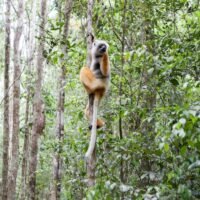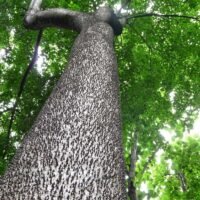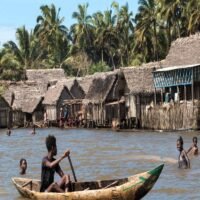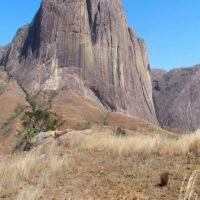Ambalavao marks the border between the south and the Highlands and the border between the Betsileo people and the Bara people. It nestles at the bottom of a valley surrounded by granite mountains and dominated by the Andringitra massif, with the second highest peak in Madagascar (2,876 meters). Seven kilometers from the southern outskirts of the city, there are three rocky nipples called southern gates that have long served as landmarks for mail planes.
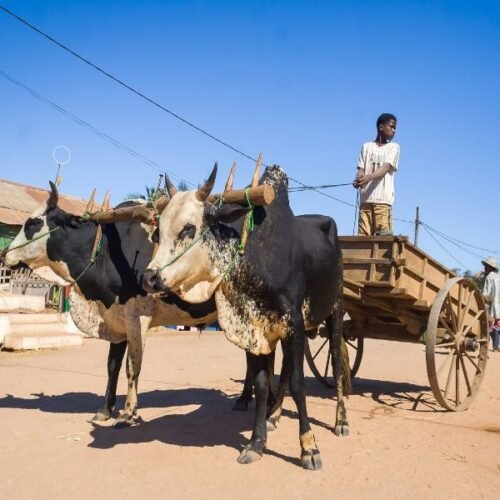
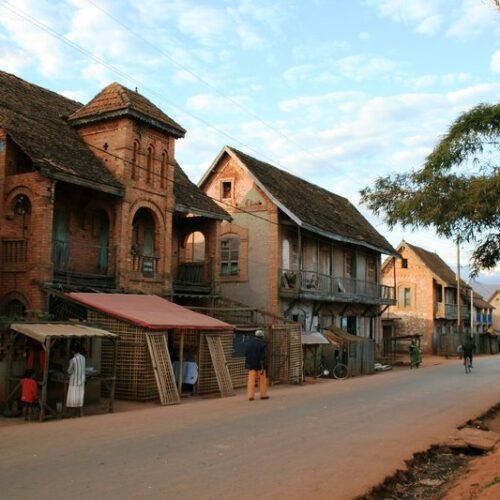
History of Ambalavao
It was in this region that the Betsileo faced the Bara in the 18th century and the Merina in the 19th century to preserve their territory and their independence. The region is marked by numerous sacred sites in memory of these tragic events. The rock of Ifandana, south-east of the city, was the place from which those who preferred death to the Merina dominion threw themselves. The village grew in importance in 1900, when the colonial administration elevated it to the rank of district capital and built schools there. A road connecting Ambalavao to the capital Antananarivo was opened in 1916.
What to do in Ambalavao
The most famous zebu market in Madagascar and second in importance after Antananarivo takes place in Ambalavao every Wednesday and Thursday and, it is certainly the best time to visit the city to attend the negotiation of livestock sales.
The Ambalavao vineyards are impossible to miss, a visit is recommended to see how wine is produced in these parts of the world and finally, savor the final product. Also not to be missed is the Antemoro paper production center (at the Aux Bougainvillees hotel), the silkworm farm and the embroidery workshop.
Ambalavao is the gateway to the Andringitra National Park and Anja Reserve is only 12 km away, right en route to the south.



